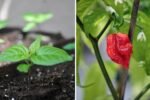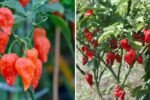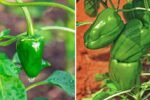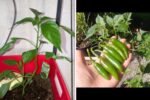Your driveway is more than a path for your car—it’s one of the most visible and functional parts of your home’s landscape. However, the wrong tree nearby can turn this practical space into a costly maintenance headache. From cracked pavement to stained surfaces and falling limbs, certain trees are notorious for causing damage or creating constant mess when planted too close.
To help you make smart landscaping decisions, here are 7 trees that experts strongly recommend avoiding near driveways, along with the reasons they’re problematic—and what you can plant instead.
Why Trees Can Be Problematic Near Driveways
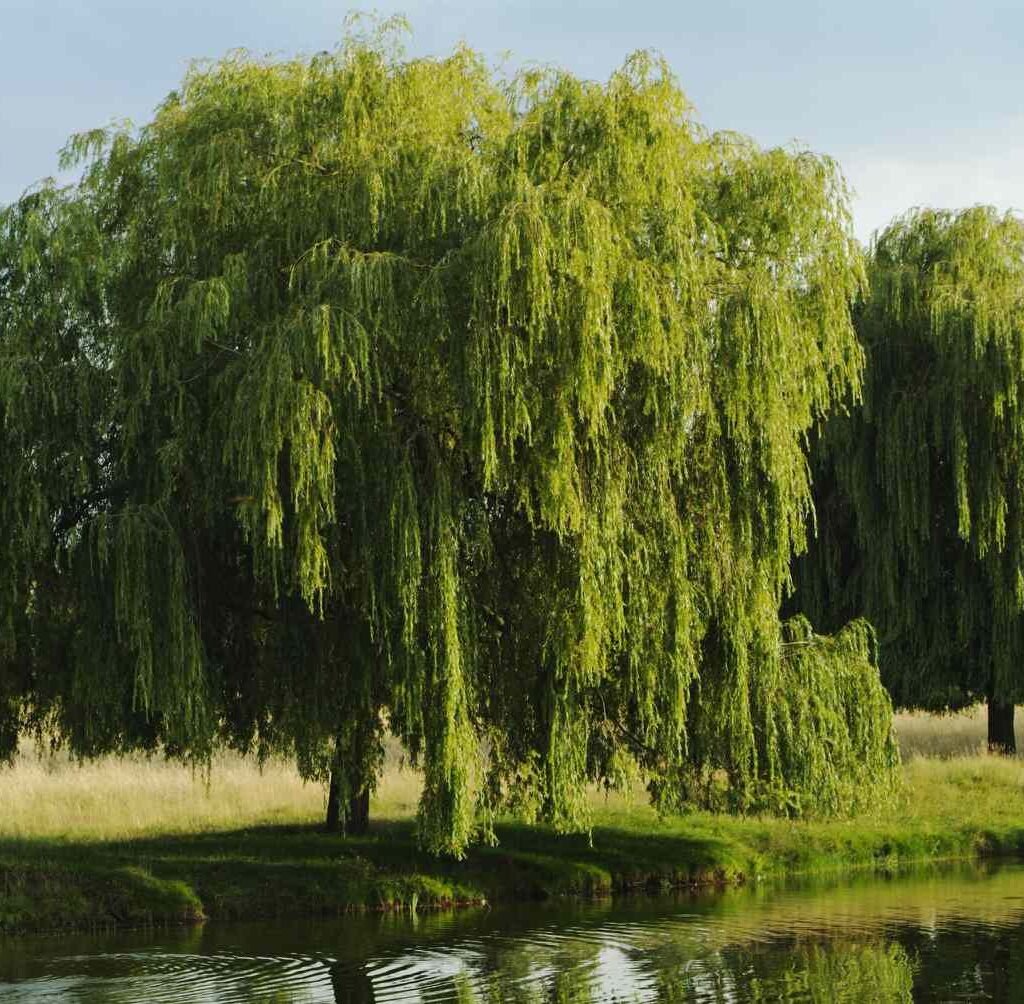
Planting trees close to driveways may seem harmless at first, but over time, their natural growth patterns can lead to significant issues. Common problems include:
- Shallow or aggressive root systems that lift and crack concrete or asphalt.
- Heavy or brittle branches that may fall and damage vehicles.
- Messy fruits, seeds, or leaves that create constant maintenance work or slip hazards.
- Fast, unpredictable growth that quickly overtakes space you hadn’t planned for.
Avoiding these issues starts with selecting the right species and planting them at safe distances.
1. Silver Maple (Acer saccharinum)
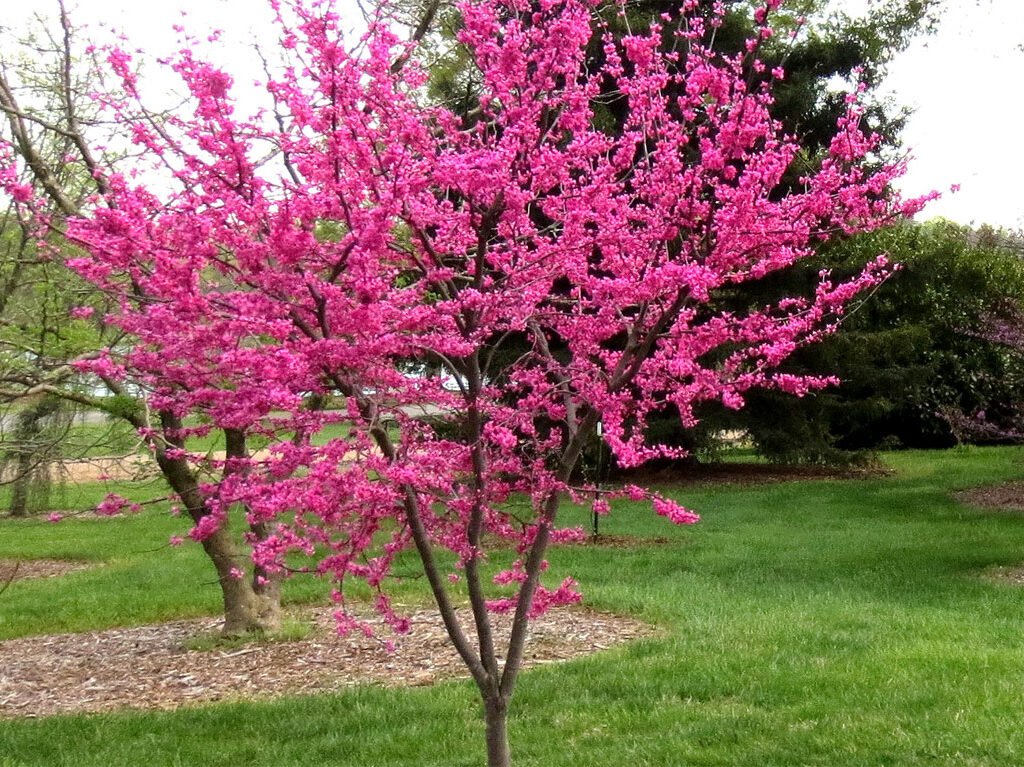
Why It’s a Problem:
Silver maples are fast-growing trees known for their large size and beautiful shade. But their roots grow aggressively and stay near the surface, often breaking through concrete and lifting pavement. Over time, this can ruin your driveway and lead to expensive repairs.
Additionally, silver maples produce large amounts of winged seeds (known as samaras or “helicopters”) that litter driveways in spring. The tree’s wood is also soft and brittle, making it prone to breakage during storms.
Expert Advice:
If you love the look of a maple, opt for a red maple or sugar maple planted at a safe distance—at least 30–40 feet from paved surfaces.
2. Sweetgum (Liquidambar styraciflua)
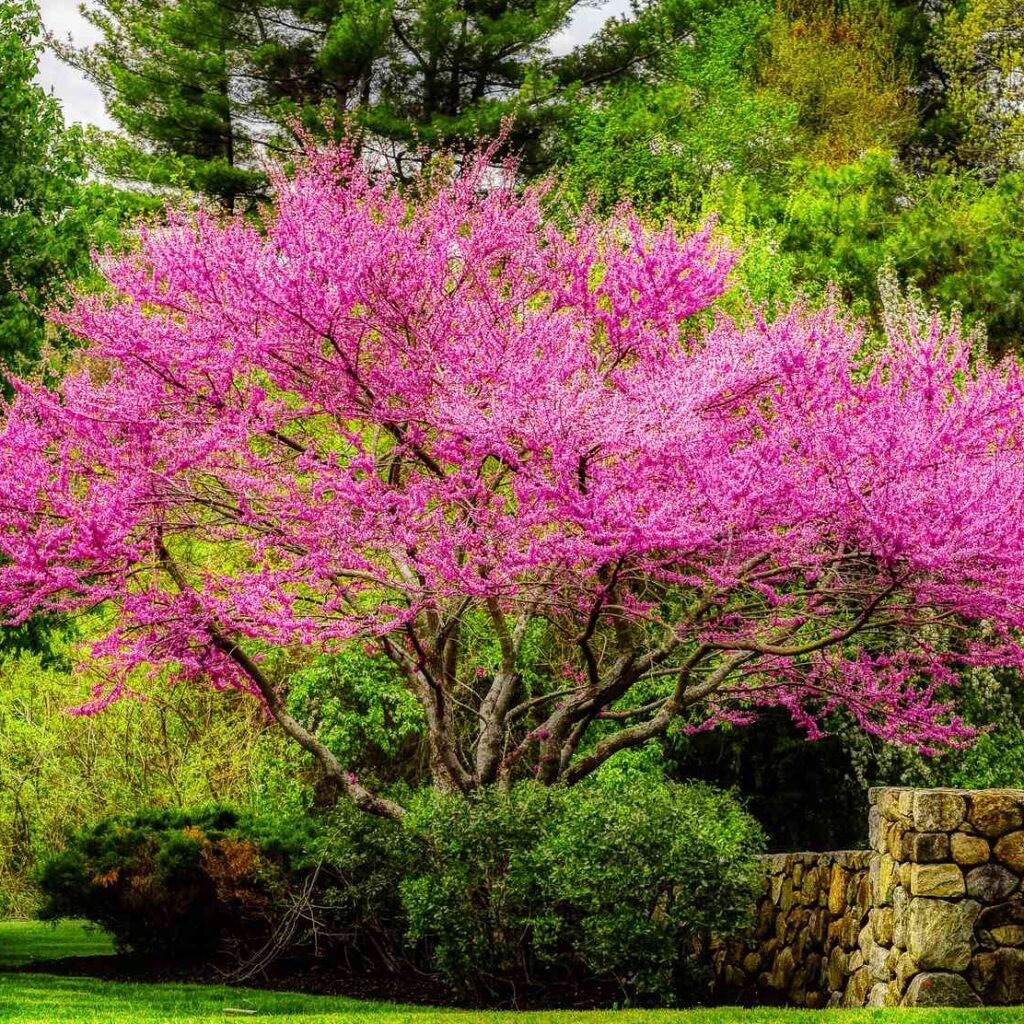
Why It’s a Problem:
Sweetgum trees are known for their beautiful fall foliage, but they drop hard, spiky seed pods (commonly called “gumballs”) that are a nuisance. These gumballs accumulate in large quantities and can damage car tires, cause slipping hazards, and require constant cleanup.
Their root systems can also crack sidewalks and driveways as they mature, especially in compact urban spaces.
Expert Advice:
If you like sweetgum trees, look for seedless cultivars or plant them far away from hardscape areas.
3. Bradford Pear (or Callery Pear)
Why It’s a Problem:
Although once widely planted for their attractive spring flowers and symmetrical shape, Bradford pears have fallen out of favor for many reasons.
They have a notoriously weak branch structure, often forming narrow, V-shaped angles that break easily under wind, ice, or heavy rain. These falling branches can land on cars or block driveways. Over time, the tree becomes more prone to splitting apart entirely. Also, their flowers emit a strong odor and the fallen petals litter driveways.
Expert Advice:
Skip Bradford pear varieties and instead consider serviceberry or redbud trees, which offer beautiful blooms without the structural problems.
4. Elm Trees (Various Species, e.g. Ulmus americana)
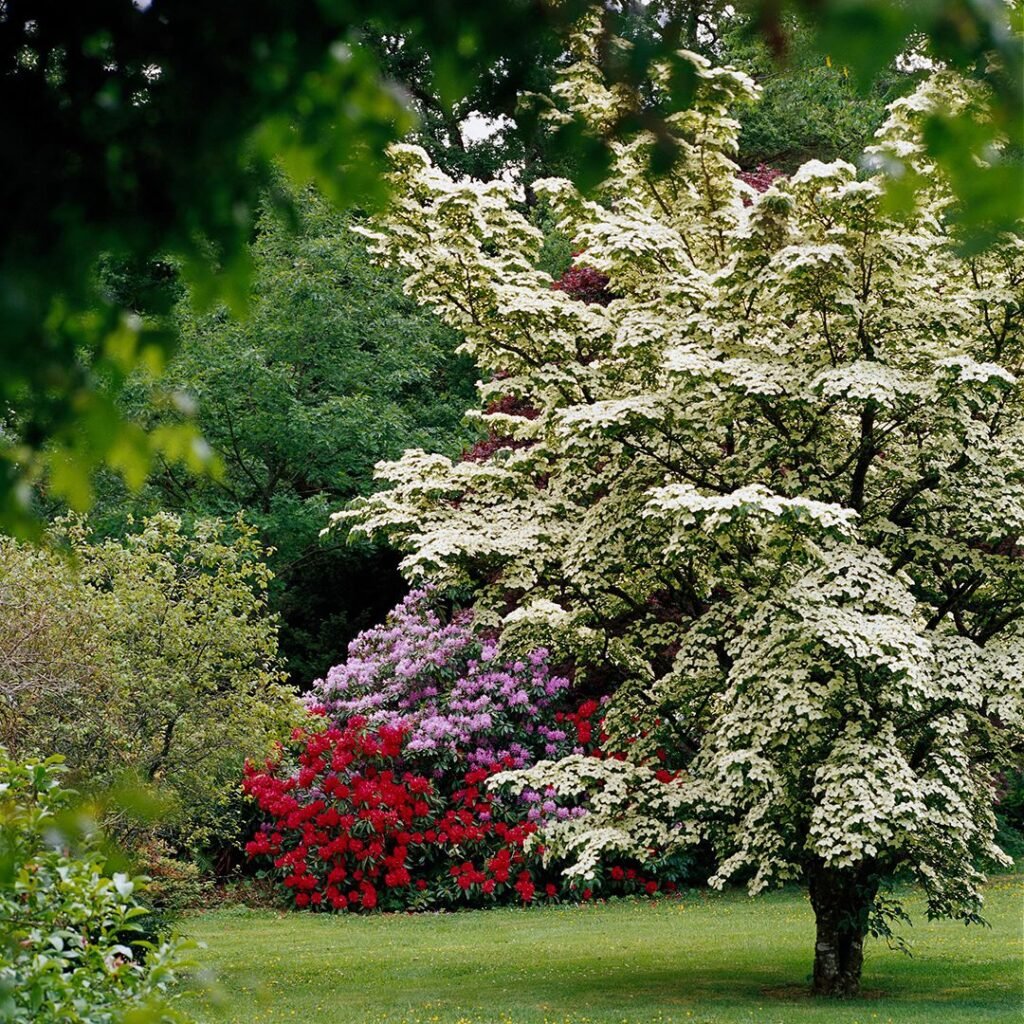
Why It’s a Problem:
Many elm species have aggressive root systems that grow horizontally near the soil surface. These roots can damage driveways, sidewalks, and even house foundations. While newer disease-resistant cultivars exist, their root behavior hasn’t changed much.
Also, elms can produce a large volume of seeds, twigs, and leaves that accumulate rapidly in spring and fall, increasing cleanup duties around the driveway.
Expert Advice:
If you like the elegant form of elms, look for smaller ornamental species or plant disease-resistant hybrids at least 25–30 feet from any hardscapes.
5. Mulberry Trees (Morus alba and others)
Why It’s a Problem:
Mulberries are fast-growing, messy, and invasive in many areas. Their root systems are aggressive and can damage underground infrastructure, driveways, and pavement.
But the bigger issue? Their fruit. Mulberry trees drop juicy berries that stain concrete, cars, and anything they touch. These berries also attract birds, which adds to the mess with droppings and scattered fruit remains.
Expert Advice:
Avoid mulberries if your driveway is nearby. If you must plant one, go with a fruitless variety and give it a wide buffer zone—ideally 40 feet from your driveway or home.
6. Weeping Willow (Salix babylonica)
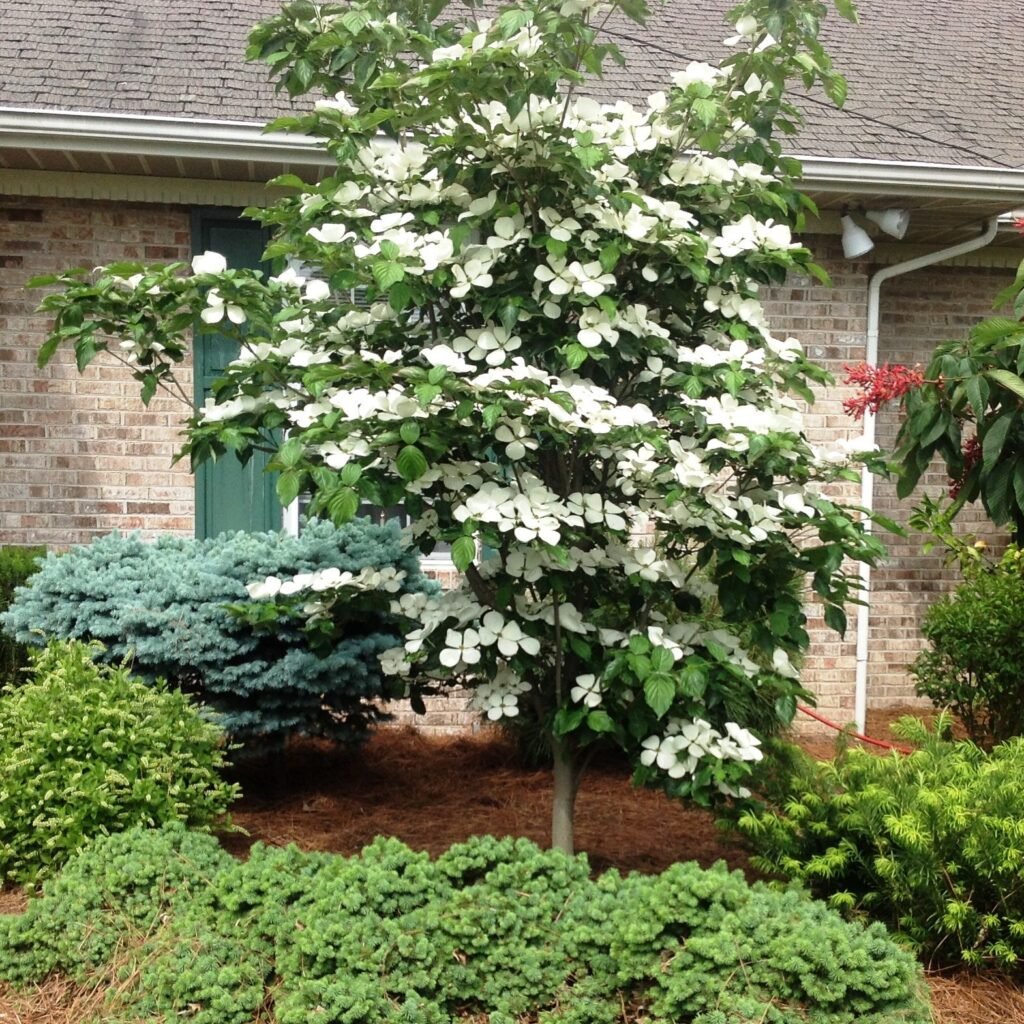
Why It’s a Problem:
The weeping willow is known for its dramatic appearance and fast growth—but also for its extremely aggressive root system. Willows seek out moisture with determination, and their roots often find water sources under driveways, septic tanks, or irrigation lines, causing serious damage.
Additionally, their long, drooping branches create extra maintenance due to leaf litter and can block sightlines or grow too close to vehicles.
Expert Advice:
Weeping willows need lots of open space. Plant them far from driveways, foundations, and underground pipes—at least 50 feet away, if possible.
7. Poplars and Cottonwoods (e.g. Populus deltoides)
Why They’re a Problem:
Poplars and cottonwoods are some of the fastest-growing trees around. Unfortunately, they also have some of the most destructive root systems. Their large, shallow roots spread aggressively and can break through concrete, lift sidewalks, and damage driveways.
Cottonwoods also release fluffy seeds that look like cotton—while pretty in the air, these seeds clog drains and coat cars and driveways.
Expert Advice:
These trees are better suited to open fields or large properties. Avoid planting them near any structure or paved surface.
Key Takeaways and Better Alternatives
Summary of Trees to Avoid Near Driveways:
| Tree Name | Problem |
|---|---|
| Silver Maple | Surface roots, brittle limbs |
| Sweetgum | Messy seed pods, invasive roots |
| Bradford Pear | Weak limbs, invasive tendencies |
| Elm | Root damage, litter |
| Mulberry | Staining fruit, aggressive roots |
| Weeping Willow | Moisture-seeking roots, drooping limbs |
| Poplars/Cottonwoods | Rapid root spread, debris |
Smart Alternatives to Consider
If you’re looking for trees to plant near a driveway, choose species that have:
- Deep, non-invasive roots
- Strong wood and branch structure
- Minimal fruit or litter
- Manageable size and growth rate
Good Alternatives Include:
- Crape Myrtle – A small ornamental tree with beautiful flowers and a tidy form.
- Japanese Maple – Compact size, attractive foliage, and non-invasive roots.
- Dogwood – Offers seasonal blooms with minimal debris.
- Amur Maple – Smaller size with vibrant fall color.
- Eastern Redbud – Excellent choice for color, pollinators, and tidy growth habit.
Tips for Tree Planting Near Driveways
If you still want trees near your driveway, follow these tips to minimize risk:
- Know the mature size of the tree. Don’t rely on how big it is when you buy it.
- Plant at least as far from the driveway as the tree’s mature canopy spread.
- Use root barriers during planting to direct roots away from hardscapes.
- Prune regularly to control shape and prevent low-hanging branches.
- Water deeply and infrequently to encourage deep root growth.
- Consult with a local arborist before planting trees close to any built structures.
Final Thoughts
Planting a tree is a long-term decision—and when it’s too close to your driveway, that decision can lead to costly repairs, ongoing cleanup, or even safety hazards. The seven trees discussed here may be beautiful or fast-growing, but their root systems, branch structure, or fruit litter make them a poor match for driveway areas.
The good news? There are many excellent alternatives that provide shade and beauty without the baggage. With careful planning, smart placement, and the right species, you can enjoy a lush, tree-filled landscape that complements your driveway rather than complicates it.

